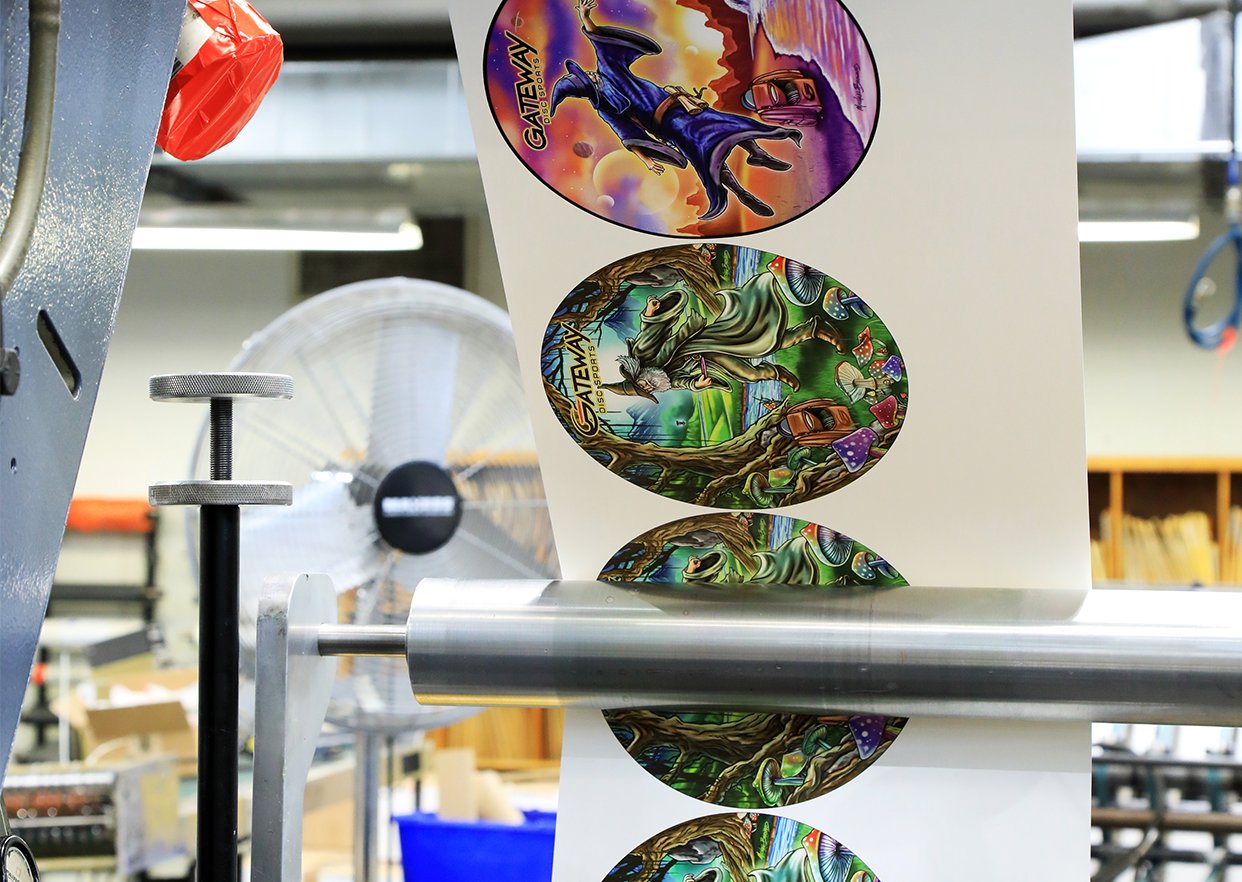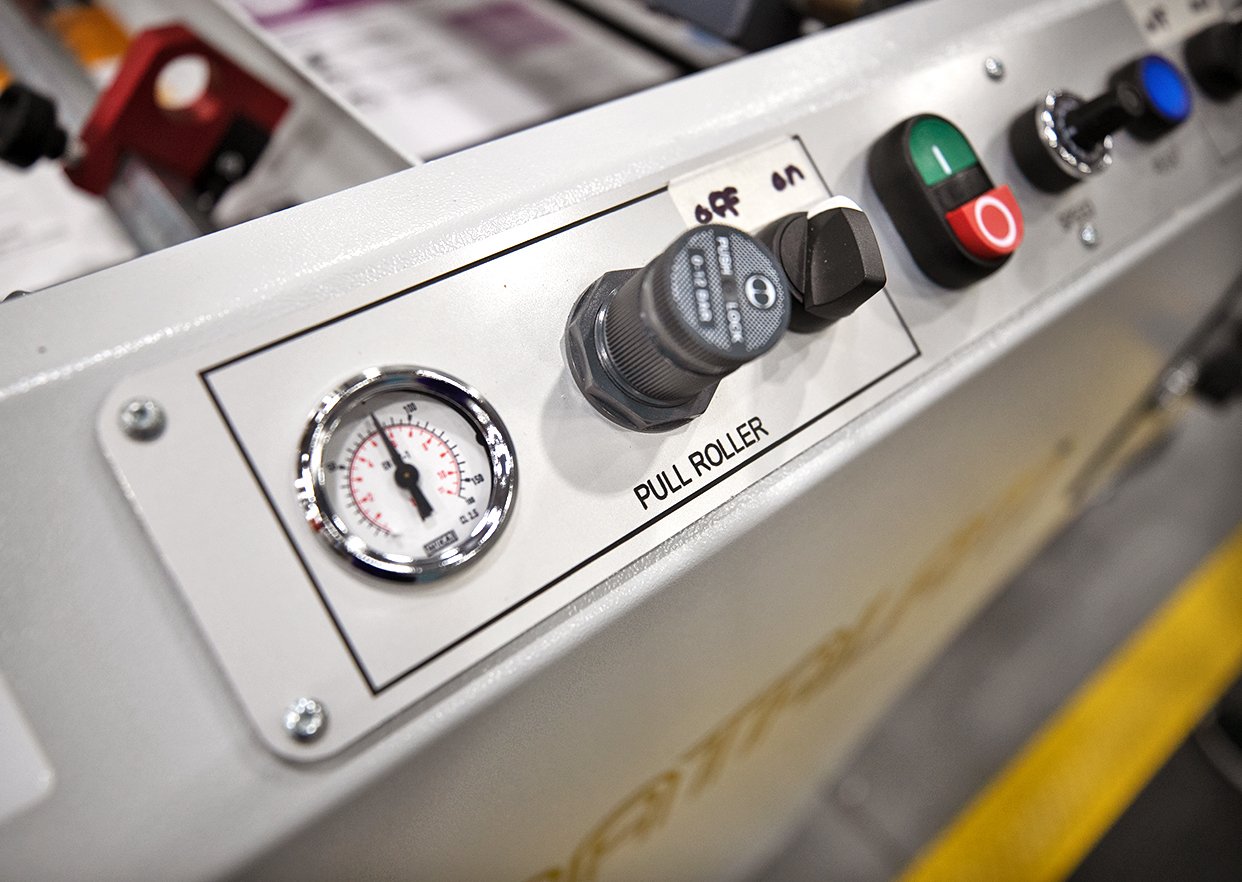5 Ways to Fund Your Digital Marketing
Digital marketing channels are making up a larger share of the typical marketing mix with each passing budget cycle. Whether it’s pay-per-click ads, digital retargeting strategies, geofencing or some other technique, the demand for digital marketing has exploded and is driving up the cost. The question is, can you continue to afford it?
As you read this, marketing managers nationwide are trying to figure out how to divert more money to digital tactics without slashing their broadcast and print advertising, direct mail campaigns, trade show presence and other tried-and-true methods. The thing is, the extra money you need is already in the budget. You just have to know where to look. Here, then, are the top five ways to find more dollars in your marketing budget for digital marketing tactics.
#1: Root out wasteful business expenses
Many companies – particularly large organizations – are prone to earmarking significant amounts of money in marketing budgets for things that add little or no value to the organization. Take software licenses, for example. It’s not uncommon for multiple employees to be granted seat licenses for specialized software programs that they rarely, if ever, use for their day-to-day job. Worse yet, those licenses have a tendency to follow the employee as they advance through the organization – long forgotten but with the meter still running.
At least once each year, your marketing organization should revisit the various software licenses, trade association memberships and research service subscriptions that you’re paying for to determine if they are still needed. You might be shocked by what you discover.
#2: Reduce, re-use, recycle
It’s a mantra in environmental sustainability circles and it applies to marketing budgets, too. To free up dollars for more digital uses, take an honest look at the other elements of your marketing mix to see if you could achieve the same results with less effort. In this scenario, “effort” equals cost.
Just because you have money in the budget to shoot a new TV spot doesn’t mean you need to spend it. Is the existing TV ad still on-message and on-brand? If so, use it for another year. Likewise, did your last direct marketing package pull a good response rate? Use it again as is. Odds are, your results will be similar the second time around. Every creative asset that you can re-use for one more budget cycle frees up agency and production fees that could be better served if directed toward something digital.
#3: Look at your logistics, inventory management and fulfillment network
Oftentimes marketing dollars are wasted simply because “that’s the way we’ve always done it.” Methods are repeated year after year without anyone questioning whether it’s penny wise or pound foolish. Meanwhile, each incremental dollar spent is a lost opportunity for digital. This is particularly true when it comes to inventory and distribution strategies.
There’s a widespread belief that centralizing all of your print inventory in a single warehouse and fulfilling from that one facility is inherently more cost effective. However, what is the incremental cost of shipping to distant West Coast locations if your warehouse is in the East? How often are rush shipments required because those delivery times are too slow? What constraints are you placing on your business by putting all of your eggs in one logistical basket? Chances are, the true cost of a centralized warehousing strategy is greater than a modern, distributed nationwide fulfillment network.
#4: Revisit the print specs
The printing press may have been invented in the 1400s but it remains an art form to this day. Seemingly insignificant changes to the methods, machinery or materials used to print something can have enormous ramifications on the cost of the finished piece. It’s all about the specs.
Companies may request special spot-color inks without realizing that four-color process can achieve the same result at a much lower cost. Agencies often over-engineer pieces and make them needlessly expensive to produce simply because they don’t have the subject matter expertise of a print professional. Customers sometimes shy away from digital production in low quantities because the cost per piece is higher – only to discard entire truckloads of printed materials when a regulatory change suddenly makes them obsolete. Revisit your print specs from time to time and you just might discover marketing dollars that would work harder if spent on something else … like digital.
#5: Focus on what you do best and outsource the rest
Large companies often fall into the trap of believing that doing something internally is the frugal, cost-effective way of getting it done. In reality, the farther an activity is from your core function as an organization, the more likely it is that you would be best served to outsource it. In-house print shops are a good example. Is a retail banking conglomerate, global insurance company or multi-state hospital network likely to be good at owning, staffing and operating print facilities? Probably not. And yet, many do exactly that.
After crunching the numbers with Taylor, our customers are often stunned by how cost-ineffective their internal print operations actually are. Outsourcing an in-house print shop enables you to capitalize on the advanced production technologies, raw materials buying power and sheer scale that only a dedicated print provider like Taylor can deliver. Working with an industry expert can also help you unlock efficiencies spec by spec – such as those described in #4 above. Take the dollars saved by print center outsourcing, apply them to the latest high-potential digital marketing technique, and you’ll raise the ROI on your entire marketing plan for the year.
For more information on how to manage your print effectively, read about PrintStack, the Operating Model for Print.










